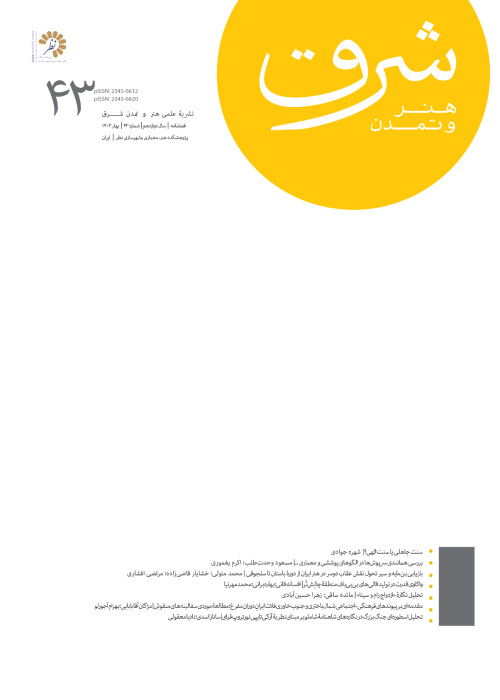Analyzing the infrastructures of Cultural Tourism in Heritage Sites with an Emphasis on Architectural Design Elements
Cultural tourism intends to provide an opportunity for everyone to visit heritage sites and raise the public awareness of heritage values and to satisfy tourists with respect to the heritage’s authenticity and integrity. One of the most important areas affecting the environment, landscape and space of heritage sites is the tourism infrastructures. The international references discussed about principles for cultural tourism development and refereed to infrastructures with recommendations and guidelines. But the development of built-environment infrastructures requires different guidelines and solutions to design architectural elements.
The purpose of this study is to investigate the cultural tourism infrastructures and analyze the criteria related to the built environment and the architectural elements. It aims to identify the features associated with the architectural design.
This descriptive-analytical research firstly reviews the libraries resources and international references to identify the features related to development of infrastructures in world heritage sites. To this end, it focuses on the ICOMOS 1999 Cultural Tourism Charter specifically criteria related to the built environment and architectural design. It then reviews and evaluates thirty important national and world heritage sites in Iran to interpret the extracted attributes and analyze the properties associated with built experiences and long-term management.
Analysis of the features extracted from principles two, three and six of the ICOMOS Cultural Tourism Charter, focuses on how to provide tourism services and the creation of new structures and added buildings such as service and information buildings, architectural elements such as signage and guarding, shells and installations such as temporary roofs, and furniture and equipment such as benches or lightning. The findings from field surveys indicate that the functional and service aspects of the infrastructures are essential and top priority. But the visual aspect of extensions and their impact on landscape integrity and in particular facilities and equipment require the presence of designers, careful implementers, and long-term monitoring-sensitive management. This feature in some of the surveyed sites require revision.
The development of tourism infrastructures requires principles such as reversibility, distinction from the setting, durability, and adaptability for long-term conservation of valuable cultural heritage sites.
- حق عضویت دریافتی صرف حمایت از نشریات عضو و نگهداری، تکمیل و توسعه مگیران میشود.
- پرداخت حق اشتراک و دانلود مقالات اجازه بازنشر آن در سایر رسانههای چاپی و دیجیتال را به کاربر نمیدهد.


